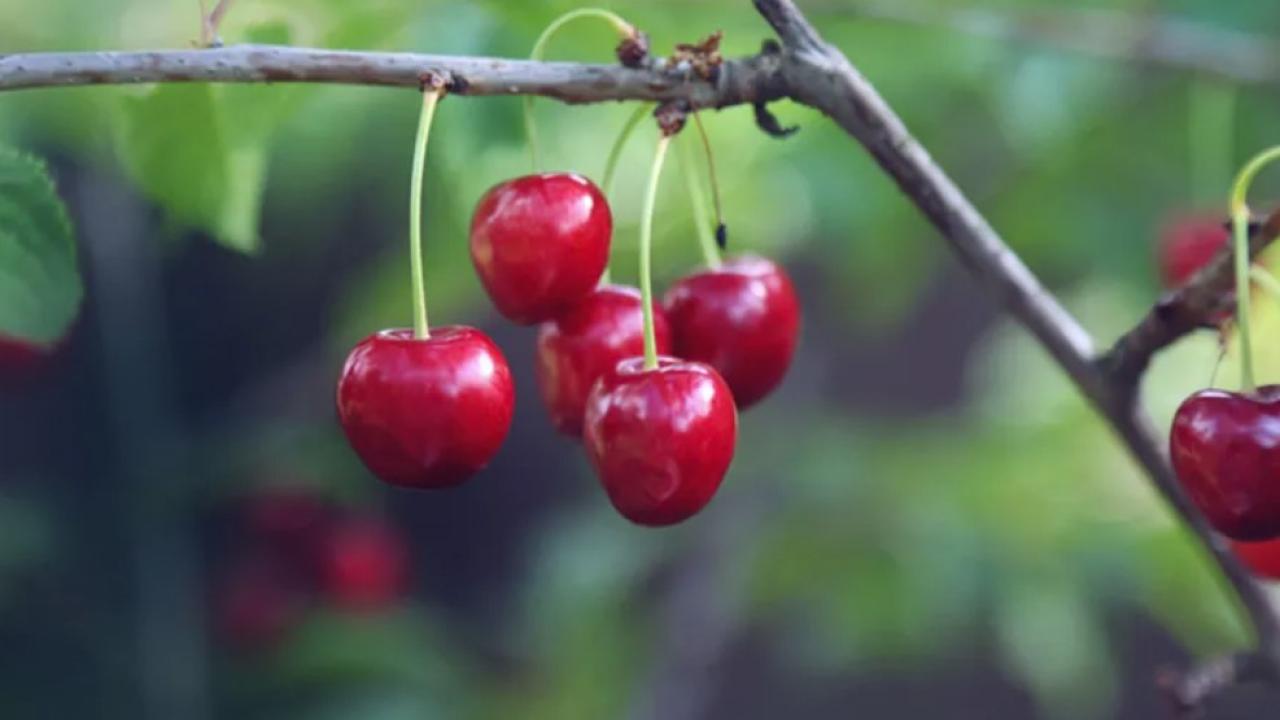
After a successful cherry season, Chilean fruit unions continue to look to China and Asia to increase their shipments.
The echoes of the Sichuan trade mission to Chile continue. During the Economic Promotion Conference of this Chinese province, Iván Marambio, president of the local fruit exporters' union, Frutas de Chile, explained that his association is preparing a trip to Chengdu, the capital of the province, this May.
For the executive, the Sichuan province and Chilean fruit growers show interest in establishing more powerful commercial relations between both sectors and, thus, increase shipments.
Chilean producers will meet with local authorities to prepare the promotion of the 2024-2025 cherry campaign, which will begin in August.
“The province of Sichuan, and Chengdu in particular, is a strategic place for us,” details the president.
For some years now, the Chilean cherry has been a high-end product for Chinese consumer who buy it largely as a gift. It is an ideal gesture for the entire period surrounding the Chinese New Year due to its significance for luck and prosperity.
“Therefore, the price paid for it is normal compared to other products that are also premium,” he comments.
The FTA between both countries and joint promotional activities have allowed the cherry industry to accelerate volume growth, at 29% on average 29% per year.
Almost a decade ago, Chilean shipments of cherries to China reached a little more than 39,000 tons (2015-2016 season); they exceed 376,000 nowadays. To Marambio, this is due not only to a marketing campaign, but also owing to a great technological process.
“In general, fruit stopped being a commodity a long time ago. Today, it is a value-added product since its plantation --from the tree that produces it, to its arrival to the consumer. Everything in the supply chain has impressive added value, in the way it is produced, the way it is harvested, the way it is packaged, the way it is selected, and the way it is shipped to the consumer.
CHERRIES BY PLANE
Although it is a star product and widely accepted, the logistical issue is also of great relevance, since Chile is the country furthest from China, local producers indicate.
The preparatory work that exists for the product to reach Asia with its quality and condition intact is enormous and involves a lot of technology.
Although shipments are made mainly by boat, air travel is the most recent star.
“There was a growth in air exports, especially to China with nearly 15 thousand tons [of cherries] and a growth of 4.4% compared to the previous year,” indicates Claudia Soler, executive director of the Cherry Fruit Committee of Chili.
Air service addresses critical needs, helping save costs by reducing production times to delivery and driving overall sales by ensuring better product availability.
“Air transportation services are an important part of our strategy to provide comprehensive, integrated solutions that adapt to the needs of our customers. “We have established significant collaboration with the main commercial airlines, which allows us to reach any destination and use several routes efficiently,” highlights Nathália Sallas, Maersk Air Product Manager for the west coast of South America.
Two years ago, Maersk launched its air service, but it was in 2023 when they made their first shipments of Chilean cherries using both commercial flights and a large number of exclusive charters.
The highlight of the season was the launch of five charter flights starting in November and ending in December, each carrying 500 tons of Chilean cherries.
Compared with the 30 days of maritime freight, air service can arrive to the United States in one day or in three days to China. In addition, it can provide consecutive, daily flights, with different capacities, “which gives our clients the advantage of having many more products arriving every day, so that they can sell and distribute more quickly and with agility,” indicates the executive.
In fact, cherry producers have strengthened coordination with logistics actors in China to arrive for the first time with Cherry Express vessels at the Port of Tianjing, which is the largest port in northern China and the main maritime gateway to Beijing. “[The port] is key to directly reach the entire northern area of China, mainly everything consisting Beijing and its surroundings. In addition, this port is very close to the Gaobeidian Wholesale Market, one of the largest wholesale markets for premium fruit in northern China, and which represents enormous potential for our cherries, especially because there is interest in developing the category," he stated.
CHERRIES AROUND THE GLOBE
International shipments of Chilean cherries totaled 413,979 tons in the 2023-2024 season, a figure just 0.3% lower than the previous season. “Regarding our shipments to China, including Hong Kong, our main destination, exports show a record, rising 3.3% over the previous season, to an amount of 377,000 tons,” Soler pointed out.
Exports did not go only to China. In terms of other markets, the entity details that the Far East received 388,062 tons of Chilean cherries, with a growth of 1.5% from the previous year. Next is the US, with 13,977 tons, followed by Latin America with 7,296, Europe with 3,850, Canada with 685 tons and the Middle East with 109 tons. All of them had a lower performance than in 2023.
The Chilean industry ships more than 36 varieties of cherries to the world, but they are concentrated in ten: Lapins with 43% of the total exported volume, Santina (21%), Regina (19%), Sweet Heart (4%), Bing (4%), Kordia (3%), Skeena (2%), Royal Dawn and Rainer (with 1% each).
Although cherry has seemed to eclipse other fruits, the entity sees growth opportunities for the entire range of Chilean fruit products.
"China is our main market in terms of value, with around 40% to 50% of the total exported. Along with cherry, nectarines, plums, grapes, blueberries and apples are shipped too. The bet is to increase all exports,” concludes Marambio.










